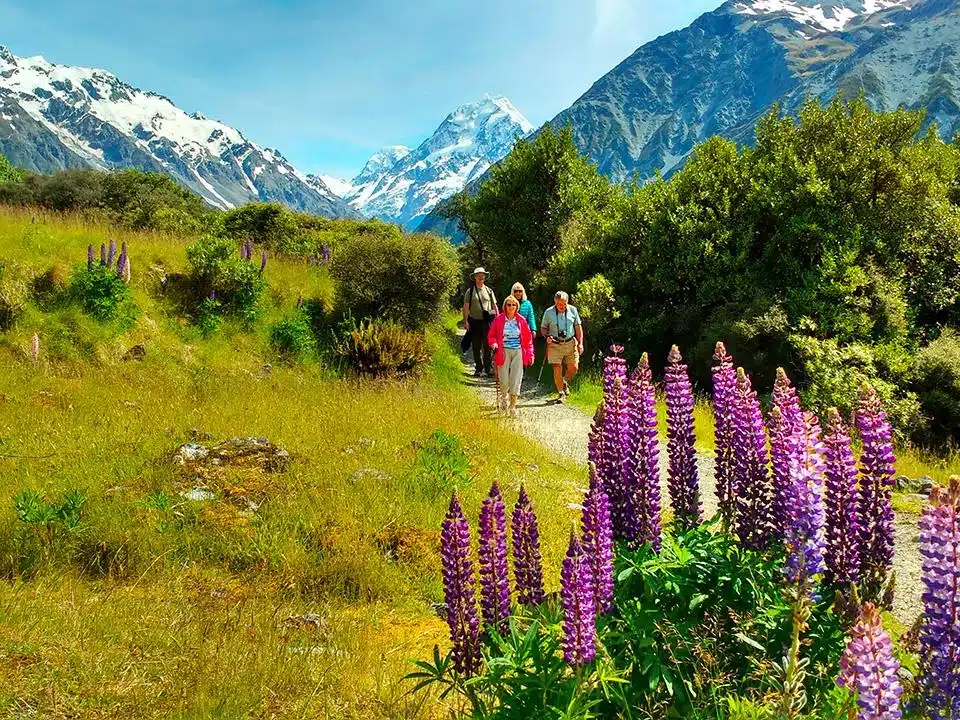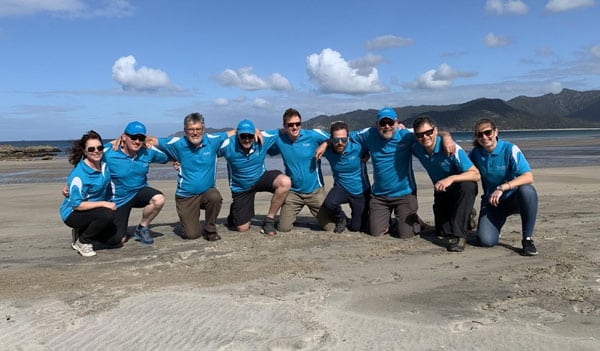Maori culture is what makes New Zealand truly unique and special in the world. It’s not mountains, glaciers or forests, it’s the first nation people of New Zealand, the Maori. Everyone visiting New Zealand wants to find out all about our fascinating indigenous culture, here are our tips for the best places to experience Maori culture on your New Zealand tour.
The Maori came to Aotearoa (New Zealand) from Polynesia, the first explorers sailed in outrigger canoes using only the stars to plot their course. Kupe, the great Navigator and first New Zealander of all, landed in the Hokianga Harbour in Northland, and is the original descendant of the Ngapuhi people who call this area their home. The Maori have no written language, and rely on oral legend and artworks to tell of their history, so the exact date of arrival is not known precisely, but it’s commonly thought to be between 1250 and 1300 AD, but some accounts place it as early as 750AD.
Further migrations from Polynesia led to Maori settlement all around the country, with the warmer coastal areas like Northland and the East Cape becoming population centres. As nothing was written down, there are several different accounts of when this happened – but the theory of ‘a Great Fleet’ of waka (canoes) from Polynesia to Aotearoa around 1350AD is one that is given credence in both Maori and Pakeha (European) histories. The names of these early waka are significant with the earliest Maori settlements in the country – Aotea, Kurahaupo, Mataatua, Tainui, Tokomaru, Te Arawa and Takitimu.
Over the centuries before Europeans arrived in New Zealand, Maori culture developed from an Eastern Polynesian culture into the more recognizable New Zealand Maori culture we see today. From the 15th century, Maori became less nomadic and settled into defined territories, which remain as their tribal homelands today, and form the basis of the areas we visit today on our tours.
The only way to experience and learn about Maori culture is to visit their regions and meet their people, they are the only ones who can tell the stories of their ancestors and homelands.
Maori Culture is omnipresent in New Zealand, every area we visit is the spiritual home to an iwi (tribe) and their ancestors. We consider it a privilege to visit these areas and value the opportunity to catch up with our friends around the country. Here are the Maori culture highlights we always visit on our tours around New Zealand.
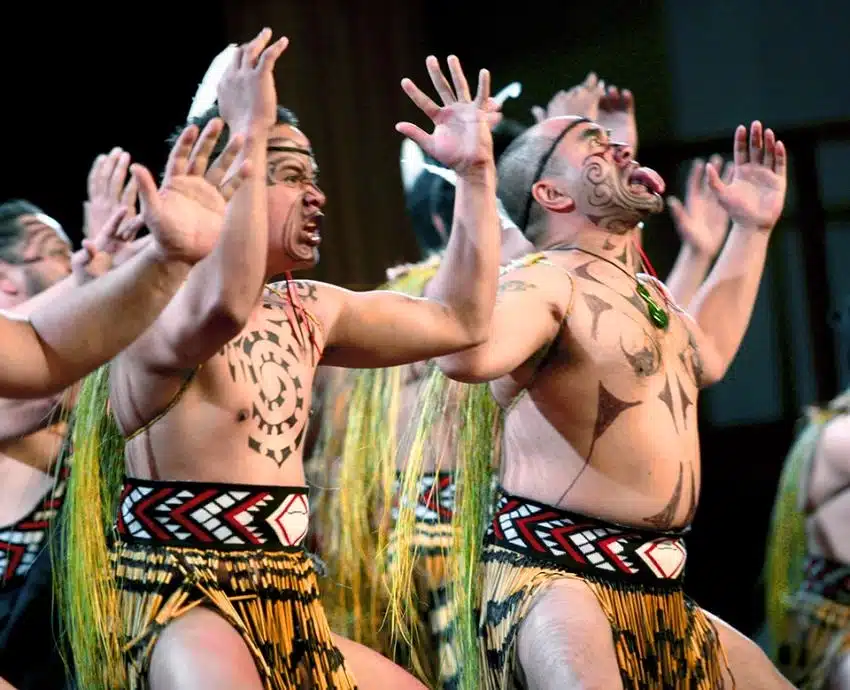
Maori Culture in Auckland (Tamaki Makaurau)
The waterways and fertile soils of Tamaki Makurau (Auckland) attracted Maori settlers and it was the most wealthy and populous area of New Zealand even in pre European times. This history is still everywhere you look and is honoured in both traditional and modern ways. If you’re only here for a day and want to dip your toe into the waters of New Zealand history, both Maori and European, then you’ll love Auckland Museum – they have Maori cultural performances, a Maori gallery and regular exhibitions of Maori culture. Some of New Zealand’s most significant treasures and artworks are on display here – we recommend the ‘He Taonga Maori’ (the Maori Court) and ‘Te Ao Turoa’ (the Maori Natural History Gallery).
Auckland Art Gallery in the city centre is required viewing for stunning Maori themed New Zealand artwork. You won’t want to miss CF Goldie and Gottfried Lindauer’s traditional paintings of early Maori subjects, as well as contemporary Maori art. You will find some of the most iconic pieces of art in New Zealand history.
Hokianga and the Kauri Forest – Northland
It’s hard to put into words the depth of connection our friends in the Hokianga have to their land and ancestors, just to say it’s very humbling to be their welcome guests. The significance of the Hokianga area to the Ngapuhi Iwi (and all Maori people) cannot be understated. The Hokianga Harbour is the landing spot of Kupe, the first Polynesian navigator to arrive in Aotearoa, and the spot where he left from again to return home and sacrificed his own son. The full name of the Hokianga is ‘Te Hokianga nui a Kupe’ the place of Kupe’s great return. We spend the evening right on the harbour’s edge looking at the very spot Kupe landed.
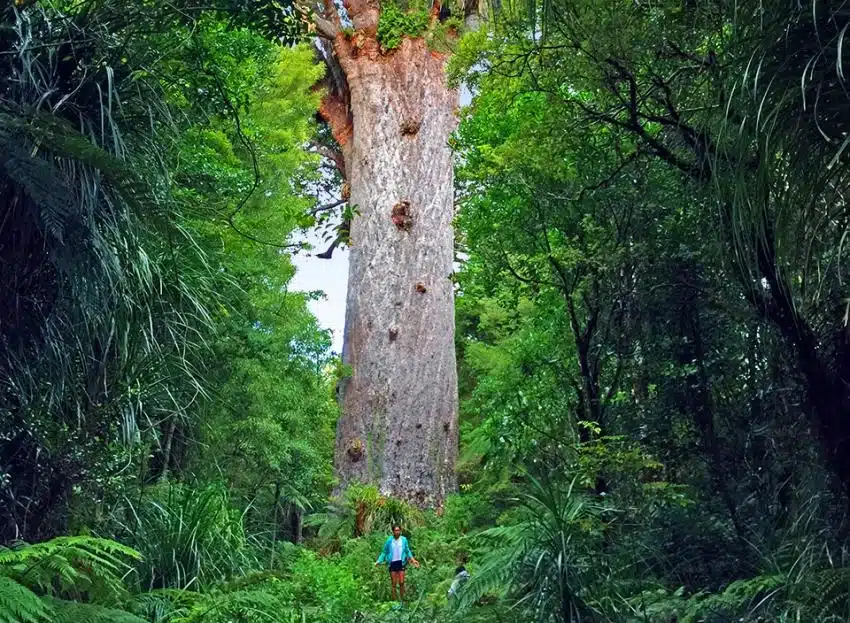
Tane Mahuta – Lord of the Forest
Maori legend tells the story of a world of darkness, where Ranginui (the sky father) and Papatuanuku (the earth mother) lie together in a tight embrace with their children forced to live cramped together in the darkness between them. All the siblings try in vain to separate their parents, but it is the mighty Tane who pushes his parents apart, with Rangi rising high into the heavens. It is only fitting that we walk into the forest and enter the realm of these ancestors with the descendants of Tane, our local guides, We are their guests as they extend Manaakitanga to us.
We acknowledge Te Roroa as the Iwi and Kaitiaki (Guardians) of the Waipoua Forest and of Tane Mahuta.
Manaakitanga – Hospitality
Loosely translated as hospitality, Manaakitanga is very important in Maori culture and sums up the act of welcoming and sharing, but also encompasses mutual respect and the act of proving food and rest for visitors. As our guest, we extend Manaakitanga to you on your travels through Aotearoa.
Kaitiakitanga – Guardianship and conservation
Another guiding concept to Maori, Kaitiakitanga expresses the deep ties between people and the natural world. Maori never speak of owning land but as being Kaitiaki, or guardians. Nowadays this is entrenched in everyday life and even in New Zealand law, as we deal with the challenges of protecting our earth mother Papatuanuku from the challenges of modern development.
Waitangi Treaty House
The arrival of Europeans and subsequent signing of the Treaty of Waitangi in 1840 was a real sea change for Maori, in every single aspect of life. The most celebrated signing of the Treaty took place here at Waitangi on 6 February 1840, between representatives of the British Crown and Maori chiefs of the North Island. The intent and meaning of the treaty aren’t even agreed on to this day, but for better or worse, the Treaty was signed and became the founding document of our country and New Zealand joined the British Commonwealth. It is an auspicious place, and one of amazing beauty, right on the water at Waitangi in the Bay of Islands. The governor’s house represents the British side and the Treaty House and Ceremonial Waka represent the Maori world as you stand right on the spot on the lawn where it all took place. We stay right next door for two nights, making your visit to the birthplace of the nation just a short stroll.
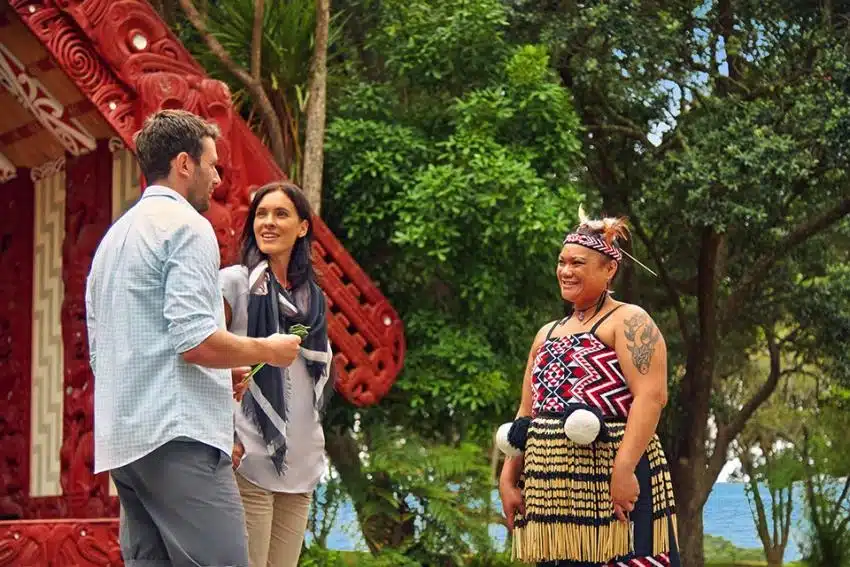
Kororareka (Russell)
A short ferry ride across the bay from Waitangi, Russell is the site of one of the most famous acts of defiance by Maori after the signing of the Treaty. The flagstaff on the hill north of Russell was first cut down in 1844 by the chief Te Haratua, then three more times after that by Hone Heke, a legendary Maori chief and leader. The hill is now named Flagstaff Hill, and you only need half a day to travel across to Russell and make the short climb to the very spot.
Kaiwiti Glowworm Caves
Here, Manaakitanga is alive and well, as the descendants of the cheiftainess Hineamaru guide visitors through the very caves that their ancestors discovered and have welcomed visitors to over the last 65 years. There’s a great connection from Russell to the Kawiti Caves, the caves take their name from the chief Te Ruki Kawiti, who fought alongside Hone Heke in the Flagstaff War, despite being in his 70s! The cave tours were established by the great grandson of Kawiti, who could see how much people’s faces lit up when he guided them through the caves and he became inspired to extend Manaakitanga to visitors from all over the world. The Kawiti family still own and operate the cave tours, and are our hosts as we travel from Waitangi back to Auckland.
Lake Tarawera, the Buried Village of Te Wairoa and Guide Sophia
On the way into Rotorua from the north, Lake Tarawera was home to the famous Pink and White Terraces, world reknown for their beauty and healing properties. The guides of Lake Tarawera were celebrities, including ‘Guide Sophia’, who witnessed the infamous ‘waka wairua’ (a phantom canoe), seen as an omen to disaster. This arrived 11 days later in June 1886 with the eruption of Lake Tarawera, which buried the village of Te Wairoa under 2 metres of mud and ash. We visit the remains of the buried village and are hosted for lunch there by our friend Karen, from the Te Arawa people and a descendant of Guide Sophia.
Rotorua
Rotorua is the centre of the Maori universe, the best place in the country to encounter Maori culture. There’s nowhere better to start than the living village of Ohinemutu, one of only two living villages left in the the country. Ohinemutu is home to the Te Papaiouru Marae, Tama te Kupua meeting house and also St Faith’s church with the memorable image of Jesus wearing a Maori cloak walking on the lake, depicting the interwoven cultures of the European and Maori, which make us what who we are in New Zealand today. Ohinemutu is home to the Ngati Whakaue tribe, who gifted the land on which the city of Rotorua was built, making them the real ‘Kaitiaki’ (guardian) of the area.
We always tell friends to stay a couple of days in Rotorua to make the most of the everything around. For the perfect combination of Maori culture, arts and craft and the famous Rotorua geysers, we love Te Puia. The Rotorua Museum has got to be the most beautiful buildling of any museum in New Zealand, and offers a complete history of all aspects of Rotorua’s history, both Maori and European. The name tells you everything ‘Te Whare Taonga o Te Arawa’ The House of Treasures of the Te Arawa people’.
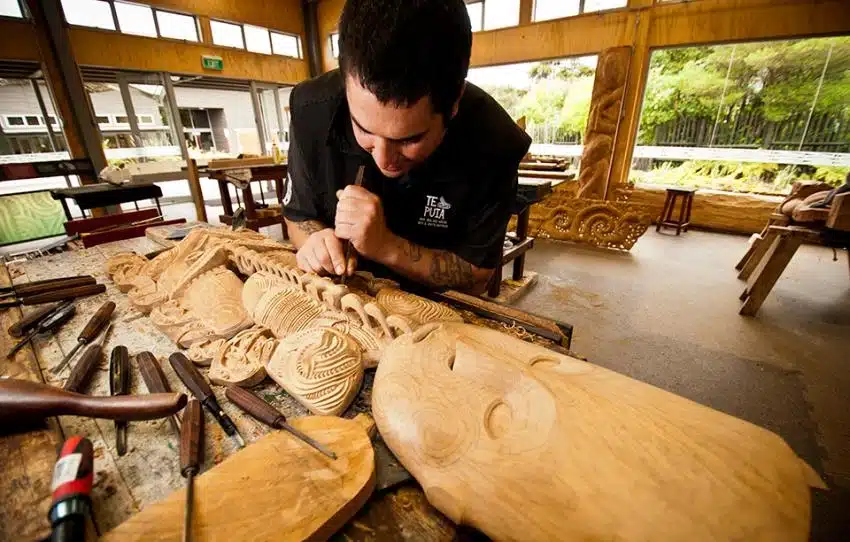
Tongariro National Park
Mountains have special significance to local iwi, and the three volcanic peaks of Tongariro, Ngauruhoe and Ruapehu are sacred to the Ngati Tuwharetoa people. Legend tells of their ancestor Ngatoro-te-rangi, calling to his sisters for fire, who sent it all the way from their Pacific homeland, creating the volcanoes of the Pacific trench, Whakaari (White Island), Tarawera and Tongariro.
Tongariro has a very unique story, it is the first instance in the world of land being gifted to the country by indigenous people. In 1887 the chief of Ngati Tuwharetoa, Te Heuhue Tukino, gifted the sacred peaks of Tongariro, Ruapehu and Ngauruhoe to the people of New Zealand, making it the 4th oldest national park in the world. As Kaitiaki (guardians) of the sacred peaks, the gift was made by the people on the condition that a protected area was established, preventing the land to be sold to European settlers and protecting it in perpetuity. In 1993, Tongariro became a UNESCO World Heritage Area, the only one in New Zealand to have dual cultural and natural status.
Wellington
Our capital city is rich with Maori history and culture, nowhere better represented than at the national museum of New Zealand, Te Papa Tongarewa. For a snapshot of everything Maori, you must visit ‘Te Papa’, the original Treaty of Waitangi is on display and the Ngo Toi exhibition space is home to some of our most important Maori artworks including works by Goldie and McMahon. New Zealand’s oldest wharenui (meeting house) displays the beautiful traditional Maori carving techniques. If you’re visiting from overseas, your first exposure to Maori culture may have been watching the All Blacks famous pre match haka (war dance), the History of the Haka exhibition traces the origin and significance of the Ngati Toa Rangatira tribe’s cultural taonga (treasure).
For an urban take on Maori values and the significance they play in modern day New Zealand, visit the remains of Te Aro Pa, right in the city centre. This is an example of cultural priorities in New Zealand, the site had been earmarked for a high rise building, but work was halted when the remains of a 160 year old pa (village) site was discovered, which had been under an existing 100 year old building. You can visit the site and view the preserved foundations of two whare ponga (buildings made from trunks of the ponga tree).
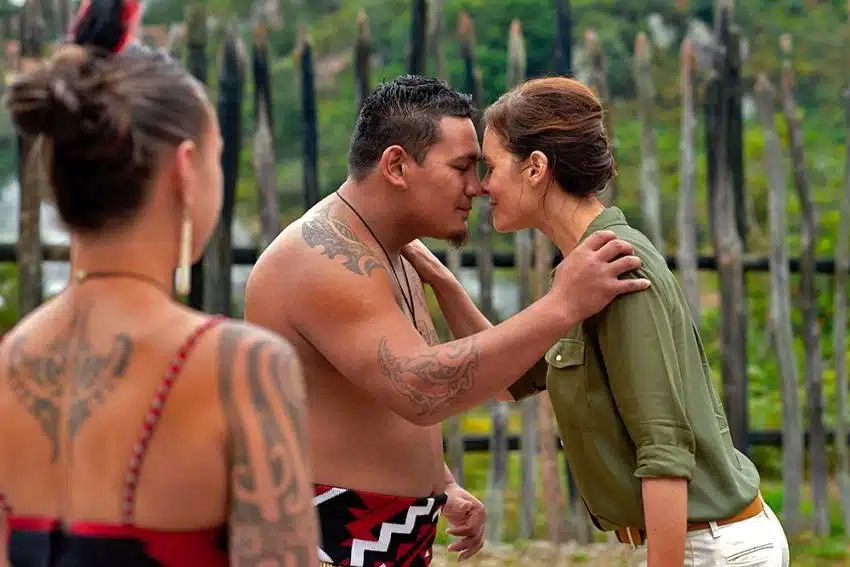
Cook Strait
The stretch of water between the North and South Island has several different names in Maori, with different legends attributed to different tribal groups. The most commonly taught one is that the South Island represents the canoe from which Maui (a spiritual figure in Maori legend) fished up the North Island, hence the name for the North (Te Ika a Maui). Ngapuhi legend tells of their ancestor Kupe arriving to find only one island, and was respsonsible for separating the two islands, which is why to some Maori the Cook Strait is known as Te Moana a Kupe (the sea of Kupe).
Crossing Cook Strait is a special journey for all New Zealanders, modern and ancient. The South Island (te Waipounamu) was where Maori found their most precious of all gifts from the land, Pounamu (Greenstone / New Zealand Jade).
Kaikoura
With it’s bounty from the sea and rivers flowing, Kaikoura was an obvious place for Maori to make their home and is one of the oldest settlements in Aotearoa. People from some famous iwi call Kaikoura home, including Waitaha (the lost tribe) and Ngai Tahu. You probably know the ocean near Kaikoura is home to whales, which the Maori people have a strong cultural identity with. Whales are descendants of Tangaroa (God of the Sea and brother to Tane), and are known to guide travelers in Maori legend. You may also have heard of ‘Whale Rider’ (a great book or movie for before your New Zealand trip!), which takes its story from the Ngai Tahu ancestor, Paikea, being rescued from the ocean by a whale, becoming the ‘Whale Rider’.
The modern connection between the Ngai Tahu people and Paikea lives on today in Kaikoura, through whale watching. Kaikoura Whalewatch was started by local Ngai Tahu families to revive their struggling small town, and is now owned by the Ngai Tahu community, providing work and opportunity for their people through modern, sustainable tourism.
Aoraki / Mt Cook
The great tribe of Ngai Tahu (or Kai Tahu) has the largest takiwa (tribal area) of any iwi in New Zealand, including the vast majority of Te Waipounamu and Rakiura (Stewart Island). So it’s fitting that the highest point in Aotearoa, Aoraki (Mt Cook) is their ancestor, and they are its proud guardians. You may see the name of the peak written as both Aoraki and Aorangi, it’s one in the same and is just a difference in dialect (just like Ngai Tahu and Kai Tahu). Aoraki has been a landmark and hugely symbolic figure to South Island Maori since the 14th century, the early Maori name for the South Island was ‘Te Waka o Aoraki’ (Aoraki’s canoe).
To Ngai Tahu, Aoraki is the most revered of ancestors, from which the iwi take their identity, purpose and solidarity. The mountain is the physical manifestation of their ancestor and provides a link between the natural and supernatural worlds. Aoraki is tapu (sacred) and Maori would not climb to its peak but remains of high ranking men and women were laid to rest in caves on the mountain and the waters flowing from Aoraki are sacred.
Just to be in the presence of Aoraki is a once in a lifetime experience.
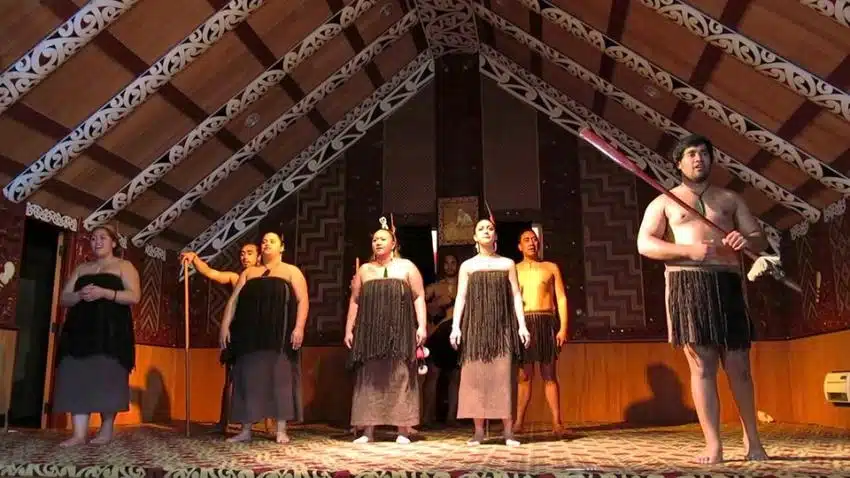
Ngai Tahu / Kai Tahu
If you’re travelling around Te Wai Pounamu (the South Island), as most visitors to New Zealand, you’ll be the guests of the Ngai Tahu, whose ancestors from Hawaiki include Paikea (the Whale Rider). Originally from the North Island, they crossed to the South Island 800 years ago and became a stronger union of three tribes, Waitaha, Ngati Mamoe and the original Ngai Thau. They followed rivers, crossed lakes and entered the high country in search of food and the most precious resource of all, pounamu (greenstone), which is only found in the South Island. They became the kaitiaki (guardians) of all pounamu in Aotearoa, and this is reflected today in modern New Zealand law today.
First contact with Europeans was made in the late 18th century, which led to the Ngai Tahu people supplying their whaling and sealing vessels and becoming involved in the export of flax and other provisions. They shared food and knowledge with new arrivals, and scared for sailors in need. Seven Ngai Tahu chiefs signed the Treaty of Waitangi in 1840, but history showed that the Crown did not honour the agreement, leading to the Ngai Tahu Treaty Claim, which was first lodged in 1849. So began a process which lasted until the final judgement and settlement in 1998, which included an acknowledgement of breaches of the Treaty, an apology from the Crown and a payment of $170 million plus land, forestry and fishing rights.
When we travel around Te Wai Pounamu we’re visiting the realm of Ngai Tahu: Kaikoura; Aoraki Mt Cook; Queenstown and the Wakatipu: Piopiotahi Milford Sound and the West Coast are all part of the Ngai Tahu rohe (tribal area). Post settlement in 1998, Ngai Tahu have become deeply involved in tourism all over Te Wai Pounamu, with the aim of providing opportunities for their people and bettering communities. You can make your own contribution on iconic New Zealand activities like Whale Watch Kaikoura, Dart River Jet, Franz Josef Hot Pools & Glacier Hiking and even Kiwi Encounter in Rotorua, these are all Ngai Tahu community owned operations whose goals are not profit, but providing opportunity and security to their communities.
Most international visitors to New Zealand are fascinated by Maori Culture and want to make it part of their trip. There are great opportunities for you to encounter the culture all over the country, and especially so in the Maori ‘capital’ Rotorua, but it’s so much more than that. Travel through the country with your own understanding of Kaitiakitanga and Manaakitanga will enrich your journey and make it something that lasts a lot longer than your time with us.
Tours You'll Love
Kaka 17 Day Tour
The best of both islands, all the spots we loved to visit as kids. From Rotorua and Tongariro National Park in the North and Abel Tasman, Milford Sound and Mt Cook in the South. All the comforts of home and unforgettable experiences every day.


